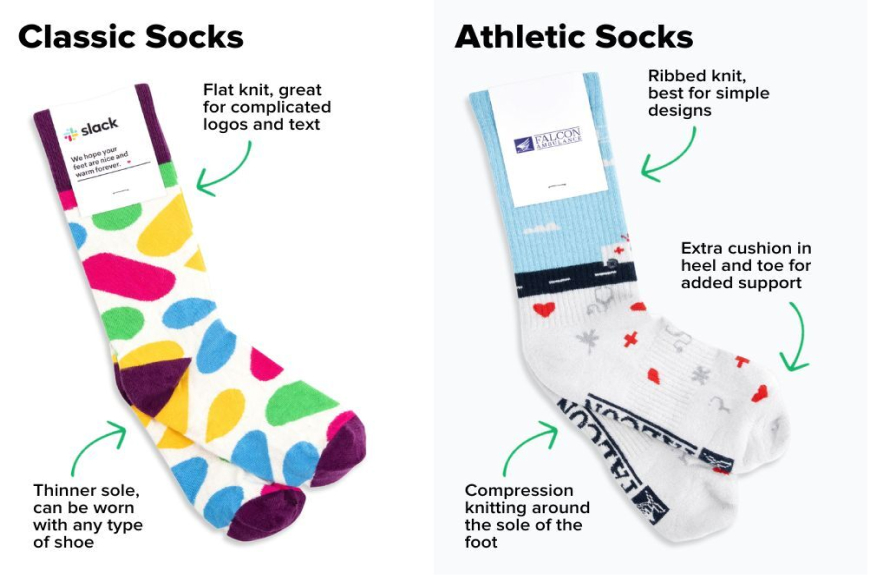When it comes to hitting the slopes, choosing the right socks is just as crucial as selecting the perfect skis or boots. The right pair of socks can make the difference between a comfortable, enjoyable day on the mountain and a miserable experience with cold, wet feet. In this guide, we'll explore everything you need to know about selecting the ideal socks for skiing, ensuring your feet stay warm, dry, and blister-free throughout your winter adventures.
Material Matters
The material of your ski socks plays a significant role in their performance. Wool, particularly merino wool, is a popular choice due to its natural moisture-wicking properties and ability to retain warmth even when wet. Synthetic materials like polyester and nylon are also good options, offering durability and quick-drying capabilities. Some skiers prefer a blend of materials to get the best of both worlds. When choosing your socks, consider the benefits of compression socks, which can improve circulation and reduce fatigue during long days on the slopes.
Thickness and Fit
Contrary to popular belief, thicker socks aren't always better for skiing. Modern ski boots are designed to fit snugly, and overly thick socks can actually compromise circulation and lead to cold feet. Opt for thin to medium-thickness socks that provide enough cushioning without bunching up inside your boots. A proper fit is crucial - socks should be snug but not tight, with no wrinkles or loose areas that could cause friction and blisters.
Moisture Management
Keeping your feet dry is essential for comfort and warmth while skiing. Look for socks with moisture-wicking properties to draw sweat away from your skin. Some skiers swear by the double sock method for blister prevention, wearing a thin liner sock underneath a thicker outer sock. This can help reduce friction and manage moisture more effectively.
Height Considerations
Ski socks should be tall enough to extend above your boot line to prevent chafing. Most ski-specific socks come up to just below the knee, providing ample coverage and protection. This height also helps to keep snow out if it happens to get inside your pants or boots.
Special Features
Many ski socks come with additional features designed to enhance comfort and performance. These may include extra padding in high-impact areas like the shin and heel, seamless toe construction to prevent rubbing, and arch support similar to what you might find in running socks. Some socks also incorporate antimicrobial treatments to control odor during multi-day ski trips.
Care and Maintenance
Proper care of your ski socks can extend their life and maintain their performance. Always follow the manufacturer's washing instructions, but generally, it's best to wash them inside out in cool water and avoid using fabric softeners, which can reduce the moisture-wicking properties. Air drying is preferable to using a dryer, as high heat can damage the fibers and affect the fit.
Choosing the Right Pair
When selecting ski socks, consider the specific conditions you'll be skiing in and your personal preferences. For colder temperatures, you might want a slightly thicker sock, while spring skiing might call for a thinner option. It's also worth investing in high-quality athletic socks that are specifically designed for skiing rather than using regular everyday socks.
Try Before You Buy
If possible, try on ski socks with your boots before making a purchase. This will give you a better idea of how they feel and perform in real conditions. Many ski shops offer this option, and it can be invaluable in finding the perfect pair for your feet and boots.
Wrapping Up
Choosing the right socks for skiing is an important but often overlooked aspect of gearing up for the slopes. By considering factors like material, thickness, fit, and moisture management, you can ensure your feet stay comfortable and warm throughout your ski adventures. Remember, the best socks for snow sports are those that keep your feet dry, warm, and blister-free, allowing you to focus on enjoying the mountain rather than worrying about your feet. With the right pair of socks, you'll be ready to tackle any terrain with confidence and comfort.


